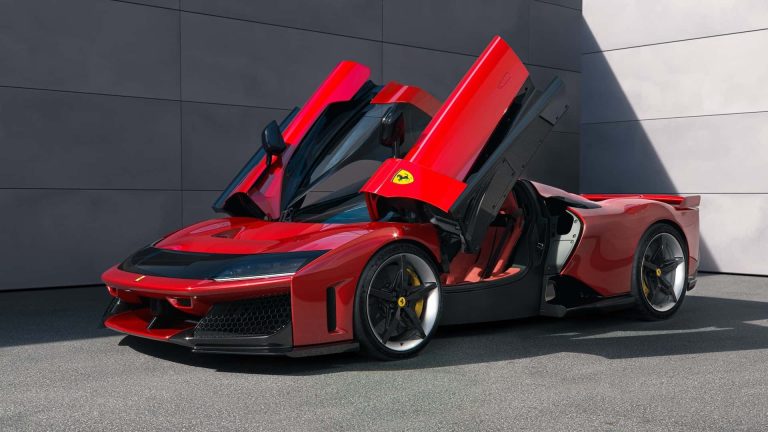
When Ferrari's flagship F80 first broke cover, the car's mind-blowing stats and the hype surrounding its launch were off the charts. This was undoubtedly going to be the best Ferrari–EVER!
But then, especially after the car was seen and heard on track at the Finali Mondial event at Imola, the narrative flipped. Social media and the automotive press got their claws out in equal measure and started ripping into Maranello's latest anniversary special, for the way it sounded (too quiet), the way it looked (boxy styling, a mustache on its nose), and whether its $4 million price tag lived up to those heady earlier expectations.
Let's address the three main criticisms of the F80, and take a broader view…
1: The engine sound isn't loud enough

Like the 499P Le Mans winner, the F80 packs all-wheel drive and takes onboard many of the weight-saving lessons learned from the racing car, while the shape of both cars comes from the Ferrari Styling Center. That delivers on its stated aim of “extreme design language that accentuates a race-bred soul.”
 2: It has a black mustache across its nose
2: It has a black mustache across its nose

